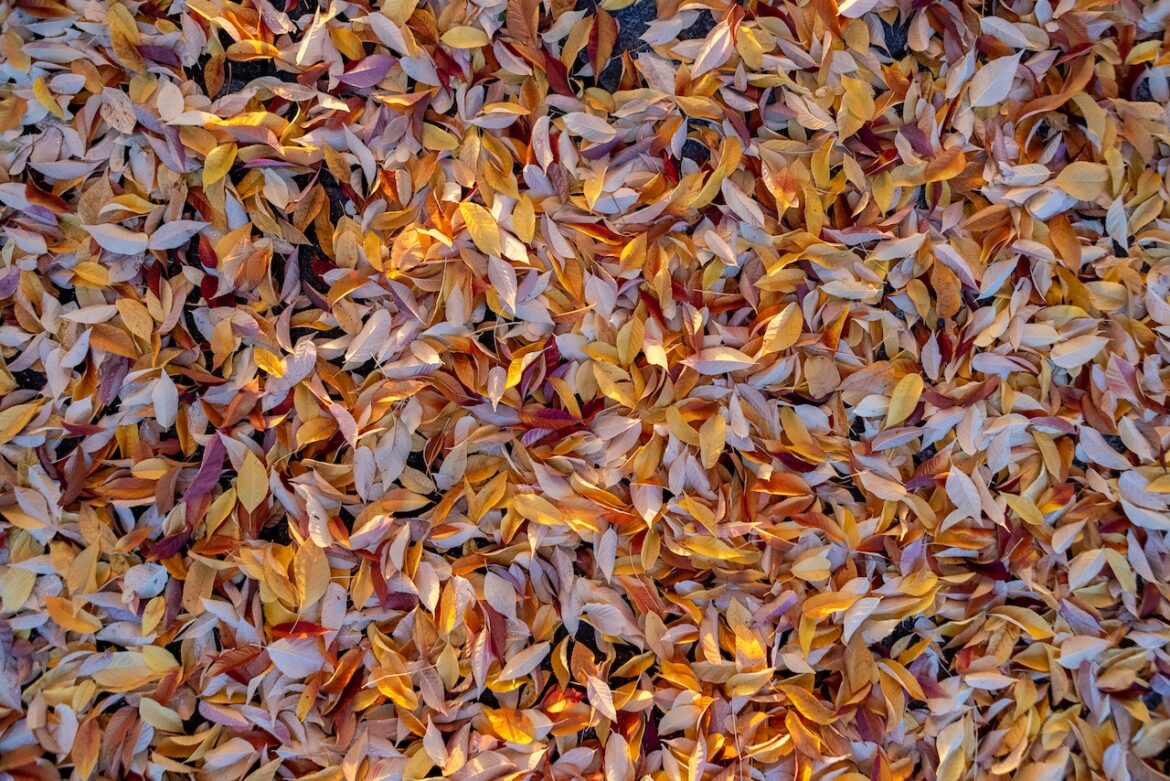CORVALLIS — As leaves fall and yard debris bins fill up, it’s a great time to consider composting instead of hauling away those valuable resources.
Compost is one of the best ways to build healthy soil. It’s free, nutrient-rich and environmentally friendly. Yard trimmings, grass clippings, leaves, garden refuse — even certain kitchen scraps — can all be turned into compost. Over time, these materials break down and return to the soil, enriching it with organic matter and nutrients.
The one-third method
For beginners, try the easy one-third system of composting:
One-third carbon material (the “brown” stuff): dried leaves, straw, sawdust, woody pruningsOne-third nitrogen material (the “green” stuff): grass clippings, soft green prunings, animal manureOne-third soil to introduce beneficial microbes
You can also include items like coffee grounds, tea leaves, eggshells and certain vegetable kitchen scraps. However, be cautious — these can attract pests such as rats, raccoons and opossums. Avoid adding:
Meat or dairyFats or oilsPet wasteDiseased or poisonous plantsMoisture and air are key
Compost needs the right balance of air and moisture to decompose efficiently. Too much water and the microbes can’t function; too little and the process stalls. Think of a wrung-out sponge — that’s the ideal moisture level.
To keep compost healthy and active:
Turn the pile weekly to introduce oxygenCover the pile with a tarp, plywood or burlap to retain heat and prevent water saturationCheck moisture regularly, especially during rainy winter months
With good balance and regular attention, your compost pile will break down in two to three months. Finished compost will be dark, crumbly, earthy-smelling and mostly unrecognizable from the original ingredients.
Composting tipsBuild your pile on well-drained soil in sun or shade. Place a plastic barrier underneath if pests are a concern.Use a compost bin or make one using pallets, cinder blocks or chicken wire. Or simply create a freestanding pile.Start with a layer of twigs or small branches to improve drainage and airflow.Alternate 2-inch layers of brown, green and soil materials. Keep the total pile height under 3 feet.Turn and water the pile as needed. If it isn’t heating up, add more green material and aerate.The composting process will slow in winter but will continue — especially if the pile is well maintained.
Composting is a low-cost, high-reward way to turn garden waste into a valuable resource. With just a bit of effort now, you’ll reap the benefits in next season’s garden.
If you purchase a product or register for an account through a link on our site, we may receive compensation. By using this site, you consent to our User Agreement and agree that your clicks, interactions, and personal information may be collected, recorded, and/or stored by us and social media and other third-party partners in accordance with our Privacy Policy.


Comments are closed.